Read the latest news on coronavirus in Delaware. More Info

DNREC’s completed Bay beach nourishment project in Pickering Beach, showing a wide beach berm and newly planted beach grass. /DNREC photo
Recovery from the Recent Nor’easter to Continue Into Fall
Having recently completed beach nourishment projects in five Delaware Bay beach communities, the Delaware Department of Natural Resources and Environmental Control today begins the next phase of restoring parts of Delaware’s coastline, including the beaches that experienced widespread erosion and damage from a May nor’easter.
“Our Shoreline team will be hard at it for the foreseeable future on beach restoration priorities that this storm handed us,” said DNREC Secretary Shawn M. Garvin. “While restoring the beaches will not be instant nor easy, we are confident of surmounting the challenge ahead. We’re working on making the state’s beaches accessible and in shape for the summer. Of course, we also welcome the communities’ help in restoring the beaches just as they – and we – value our federal partnership with the U.S. Army Corps of Engineers when expected beach nourishment projects begin in a number of these communities as early as next fall.”
“The damage done to our beaches by the recent nor’easter makes clear that robust federal, state and local partnerships are needed now more than ever,” said U.S. Senator Tom Carper, chair of the Senate Environment and Public Works Committee. “I have been fighting to give one of our key federal partners in this effort — the U.S. Army Corps of Engineers — several new beach restoration tools in the 2022 Water Resources Development Act legislation. Among the provisions in the bill are: emergency authority to allow the Corps to help restore beaches in the aftermath of storms; a requirement that the federal government pay 90% of the costs of the Bay Beach nourishment project; and a reorientation of the Corps’ civil works program to proactively address climate change and streamline the implementation of shoreline protection and restoration projects. The state of Delaware should be able to count on the support of the Corps and other federal agencies to help restore our beaches and make sure our communities are protected.”
DNREC recently completed beach nourishment project in the Pickering Beach, Kitts Hummock, Bowers, South Bowers, and Slaughter Beach communities. This project used approximately 52,650 cubic yards of sand – enough to fill almost 11 Olympic-sized swimming pools. The next restoration phase spans the majority of the state’s coastline and will require DNREC to partner with the Army Corps of Engineers and affected communities to restore the coastline.
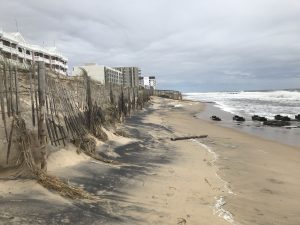
“The long duration of the storm and the post-storm wind direction mean we may not see a rapid natural rebuilding of the beach,” said DNREC Shoreline and Waterway Section administrator Jesse Hayden. “The dunes did their job protecting our communities from being inundated, but by absorbing the impact of the storm they suffered damage that affects people’s ability to access the beach. Our immediate goal is restore as much safe beach access in as many communities as possible so that beachgoers can enjoy a safe and enjoyable Memorial Day weekend. Our partners are a big part of that.”
DNREC’s post-storm work is set to begin this week in South Bethany, the community worst hit by the storm, and restoration work will then move south to north. At each juncture, DNREC will clean up debris such as smashed dune fencing and will re-grade numerous access crossings. DNREC also is working on a nourishment project north of the Indian River Inlet which lost significant sand from the dune critical to protecting the roadway and the Indian River Inlet Bridge.
“The first pass made by our team will focus on cleanup and restoring access,” Hayden said. “When that work is done, we will begin repairing the damaged dune fence.” Both post and rope and wooden dune fence do the job of keeping people off the sensitive dune. But where wooden dune fence can trap wind-blown sand at its base, a post and rope system allows a more natural exchange where vegetation covering the dune can trap wind-blown sand over a wider area. DNREC uses both types, depending on the management needs in each area.
DNREC’s beach nourishment projects introduce sand into the shoreline system to offset the effects of erosion. The beach and dune are an important natural line of defense between the ocean or bay and inland public and private infrastructure, including houses and roads. Both the Delaware Bay and Atlantic beaches and dunes also provide crucial habitat for migrating shorebirds, including several threatened species, and other wildlife, such as spawning horseshoe crabs – which, under ordinary circumstances, means beach nourishment projects must be completed by April 15 or by March 1 at some beaches, with beach nourishment not permitted again until Oct. 1.
However, after Pickering Beach was impacted by a nor’easter on April 18, the Shoreline and Waterway Management Section requested and received approval from DNREC’s Division of Fish and Wildlife to replace sand that had washed onto the road there back onto the beach. The sand was then reshaped into a dune at Pickering. The other Bay beach communities experienced some erosion of newly placed beach and dune sand, but none of the towns where the nourishment was made experienced overtopping of the dune from the most recent nor’easter.
Several bay beach communities experienced minor impacts from the more recent nor’easter that caused widespread erosion on the both coasts – some of the truck-hauled sand from that project was moved around and lost because of the storm. But the winter beach nourishment at South Bowers, Bowers, Kitts Hummock, Pickering Beach and Slaughter Beach largely held its ground and worked to protect the communities in the face of high tides and winds. Future nourishment is planned along both the Atlantic Ocean and Delaware Bay coastlines. Along the Atlantic Ocean, large scale nourishment projects in partnership with the Corps of Engineers will include Rehoboth Beach, Dewey Beach, Bethany Beach, South Bethany, and Fenwick Island. Along Delaware Bay, DNREC will perform small-scale nourishment to further fortify the most vulnerable sections of shoreline.
More information about the work of the DNREC Shoreline and Waterway Management Section can be found at de.gov/shoreline. More information on beach nourishment in Delaware available from Outdoor Delaware, de.gov/outdoordelaware.
About DNREC
The Delaware Department of Natural Resources and Environmental Control protects and manages the state’s natural resources, protects public health, provides outdoor recreational opportunities and educates Delawareans about the environment. The DNREC Division of Watershed Stewardship develops and implements innovative watershed assessment, monitoring and implementation activities. For more information, visit the website and connect with @DelawareDNREC on Facebook, Twitter or LinkedIn.
Media Contacts: Michael Globetti, michael.globetti@delaware.gov; Nikki Lavoie, nikki.lavoie@delaware.gov
Related Topics: beach nourishment, Bethany Beach, Bowers Beach, coastline, Dewey Beach, DNREC Shoreline and Waterway Management Section, Fenwick Island, Kitts Hummock, Outdoor Delaware online magazine, outdoors and recreation, Pickering Beach, Rehoboth Beach, slaughter beach
Keep up to date by receiving a daily digest email, around noon, of current news release posts from state agencies on news.delaware.gov.
Here you can subscribe to future news updates.

DNREC’s completed Bay beach nourishment project in Pickering Beach, showing a wide beach berm and newly planted beach grass. /DNREC photo
Recovery from the Recent Nor’easter to Continue Into Fall
Having recently completed beach nourishment projects in five Delaware Bay beach communities, the Delaware Department of Natural Resources and Environmental Control today begins the next phase of restoring parts of Delaware’s coastline, including the beaches that experienced widespread erosion and damage from a May nor’easter.
“Our Shoreline team will be hard at it for the foreseeable future on beach restoration priorities that this storm handed us,” said DNREC Secretary Shawn M. Garvin. “While restoring the beaches will not be instant nor easy, we are confident of surmounting the challenge ahead. We’re working on making the state’s beaches accessible and in shape for the summer. Of course, we also welcome the communities’ help in restoring the beaches just as they – and we – value our federal partnership with the U.S. Army Corps of Engineers when expected beach nourishment projects begin in a number of these communities as early as next fall.”
“The damage done to our beaches by the recent nor’easter makes clear that robust federal, state and local partnerships are needed now more than ever,” said U.S. Senator Tom Carper, chair of the Senate Environment and Public Works Committee. “I have been fighting to give one of our key federal partners in this effort — the U.S. Army Corps of Engineers — several new beach restoration tools in the 2022 Water Resources Development Act legislation. Among the provisions in the bill are: emergency authority to allow the Corps to help restore beaches in the aftermath of storms; a requirement that the federal government pay 90% of the costs of the Bay Beach nourishment project; and a reorientation of the Corps’ civil works program to proactively address climate change and streamline the implementation of shoreline protection and restoration projects. The state of Delaware should be able to count on the support of the Corps and other federal agencies to help restore our beaches and make sure our communities are protected.”
DNREC recently completed beach nourishment project in the Pickering Beach, Kitts Hummock, Bowers, South Bowers, and Slaughter Beach communities. This project used approximately 52,650 cubic yards of sand – enough to fill almost 11 Olympic-sized swimming pools. The next restoration phase spans the majority of the state’s coastline and will require DNREC to partner with the Army Corps of Engineers and affected communities to restore the coastline.

“The long duration of the storm and the post-storm wind direction mean we may not see a rapid natural rebuilding of the beach,” said DNREC Shoreline and Waterway Section administrator Jesse Hayden. “The dunes did their job protecting our communities from being inundated, but by absorbing the impact of the storm they suffered damage that affects people’s ability to access the beach. Our immediate goal is restore as much safe beach access in as many communities as possible so that beachgoers can enjoy a safe and enjoyable Memorial Day weekend. Our partners are a big part of that.”
DNREC’s post-storm work is set to begin this week in South Bethany, the community worst hit by the storm, and restoration work will then move south to north. At each juncture, DNREC will clean up debris such as smashed dune fencing and will re-grade numerous access crossings. DNREC also is working on a nourishment project north of the Indian River Inlet which lost significant sand from the dune critical to protecting the roadway and the Indian River Inlet Bridge.
“The first pass made by our team will focus on cleanup and restoring access,” Hayden said. “When that work is done, we will begin repairing the damaged dune fence.” Both post and rope and wooden dune fence do the job of keeping people off the sensitive dune. But where wooden dune fence can trap wind-blown sand at its base, a post and rope system allows a more natural exchange where vegetation covering the dune can trap wind-blown sand over a wider area. DNREC uses both types, depending on the management needs in each area.
DNREC’s beach nourishment projects introduce sand into the shoreline system to offset the effects of erosion. The beach and dune are an important natural line of defense between the ocean or bay and inland public and private infrastructure, including houses and roads. Both the Delaware Bay and Atlantic beaches and dunes also provide crucial habitat for migrating shorebirds, including several threatened species, and other wildlife, such as spawning horseshoe crabs – which, under ordinary circumstances, means beach nourishment projects must be completed by April 15 or by March 1 at some beaches, with beach nourishment not permitted again until Oct. 1.
However, after Pickering Beach was impacted by a nor’easter on April 18, the Shoreline and Waterway Management Section requested and received approval from DNREC’s Division of Fish and Wildlife to replace sand that had washed onto the road there back onto the beach. The sand was then reshaped into a dune at Pickering. The other Bay beach communities experienced some erosion of newly placed beach and dune sand, but none of the towns where the nourishment was made experienced overtopping of the dune from the most recent nor’easter.
Several bay beach communities experienced minor impacts from the more recent nor’easter that caused widespread erosion on the both coasts – some of the truck-hauled sand from that project was moved around and lost because of the storm. But the winter beach nourishment at South Bowers, Bowers, Kitts Hummock, Pickering Beach and Slaughter Beach largely held its ground and worked to protect the communities in the face of high tides and winds. Future nourishment is planned along both the Atlantic Ocean and Delaware Bay coastlines. Along the Atlantic Ocean, large scale nourishment projects in partnership with the Corps of Engineers will include Rehoboth Beach, Dewey Beach, Bethany Beach, South Bethany, and Fenwick Island. Along Delaware Bay, DNREC will perform small-scale nourishment to further fortify the most vulnerable sections of shoreline.
More information about the work of the DNREC Shoreline and Waterway Management Section can be found at de.gov/shoreline. More information on beach nourishment in Delaware available from Outdoor Delaware, de.gov/outdoordelaware.
About DNREC
The Delaware Department of Natural Resources and Environmental Control protects and manages the state’s natural resources, protects public health, provides outdoor recreational opportunities and educates Delawareans about the environment. The DNREC Division of Watershed Stewardship develops and implements innovative watershed assessment, monitoring and implementation activities. For more information, visit the website and connect with @DelawareDNREC on Facebook, Twitter or LinkedIn.
Media Contacts: Michael Globetti, michael.globetti@delaware.gov; Nikki Lavoie, nikki.lavoie@delaware.gov
Related Topics: beach nourishment, Bethany Beach, Bowers Beach, coastline, Dewey Beach, DNREC Shoreline and Waterway Management Section, Fenwick Island, Kitts Hummock, Outdoor Delaware online magazine, outdoors and recreation, Pickering Beach, Rehoboth Beach, slaughter beach
Keep up to date by receiving a daily digest email, around noon, of current news release posts from state agencies on news.delaware.gov.
Here you can subscribe to future news updates.
"now" - Google News
May 16, 2022 at 11:36PM
https://ift.tt/QfjdtmJ
With Delaware Bay Beach Nourishment Projects Complete, DNREC Now Works Toward Restoring Atlantic Coastline - State of Delaware News - news.delaware.gov
"now" - Google News
https://ift.tt/SWAOjfX
Bagikan Berita Ini

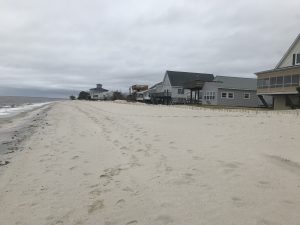


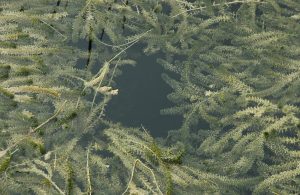


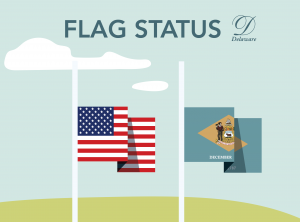





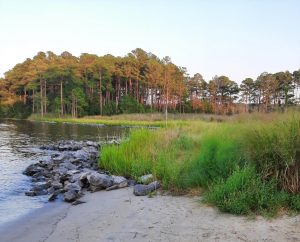



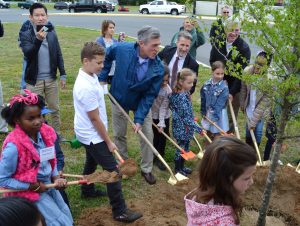




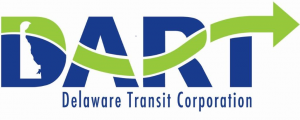

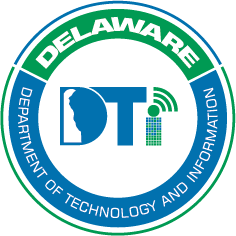
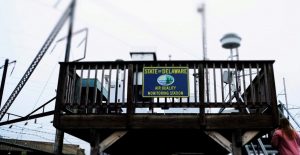












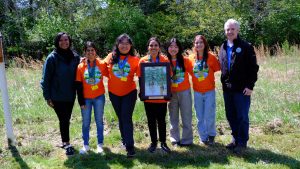

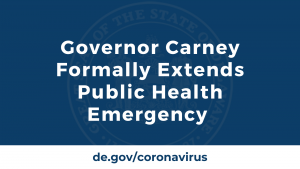





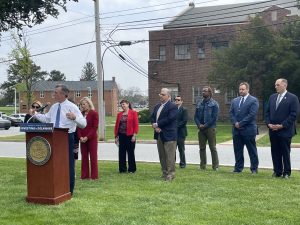

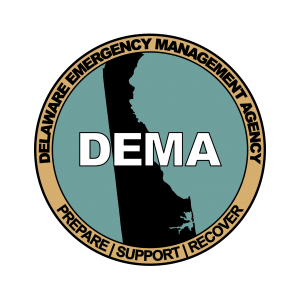





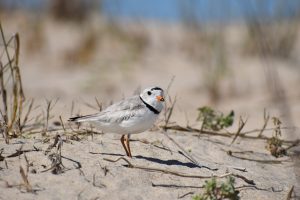









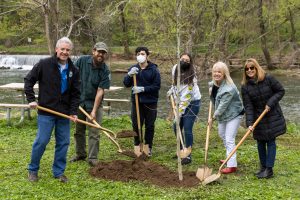

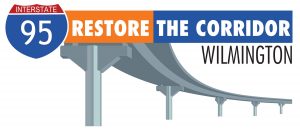




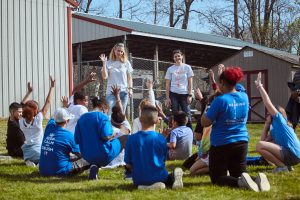
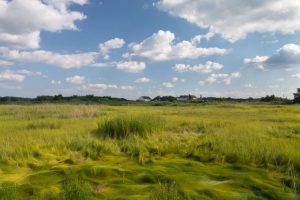




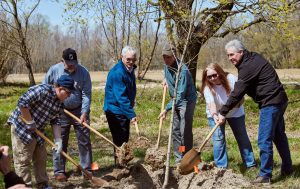







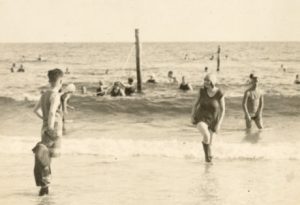

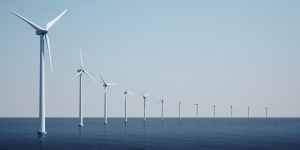
















0 Response to "With Delaware Bay Beach Nourishment Projects Complete, DNREC Now Works Toward Restoring Atlantic Coastline - State of Delaware News - news.delaware.gov"
Post a Comment